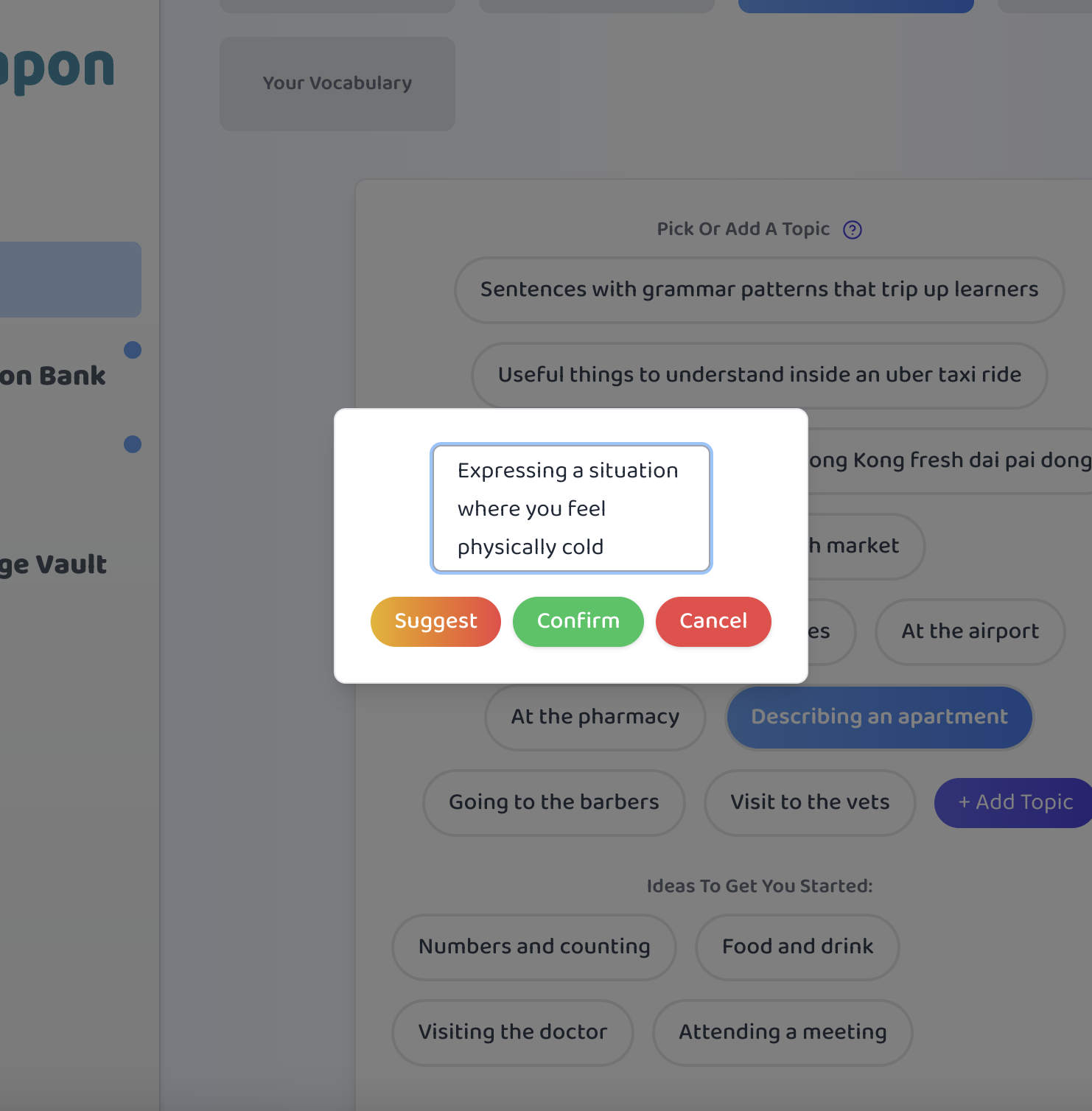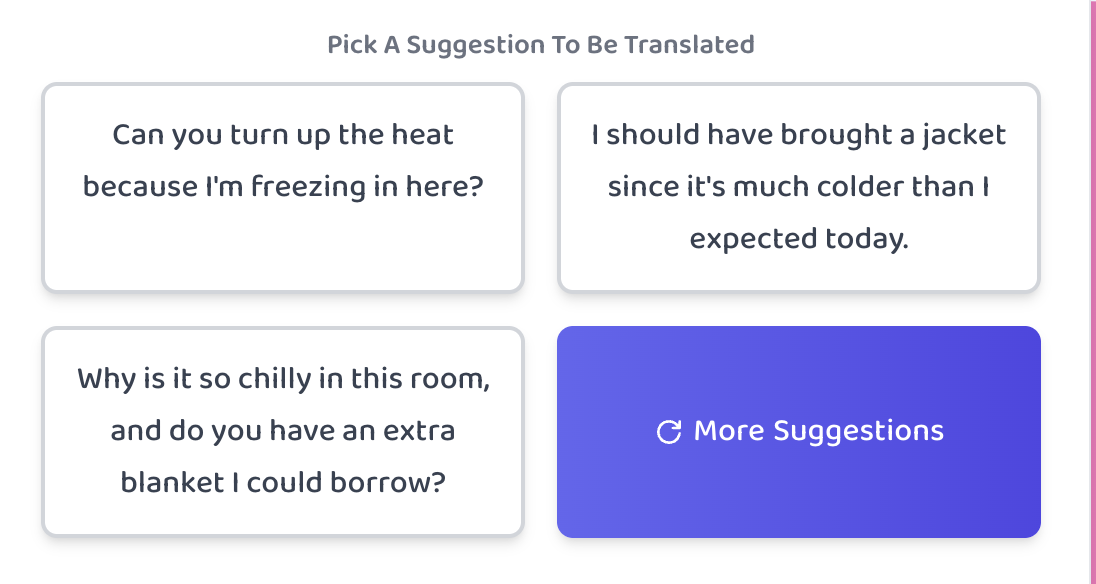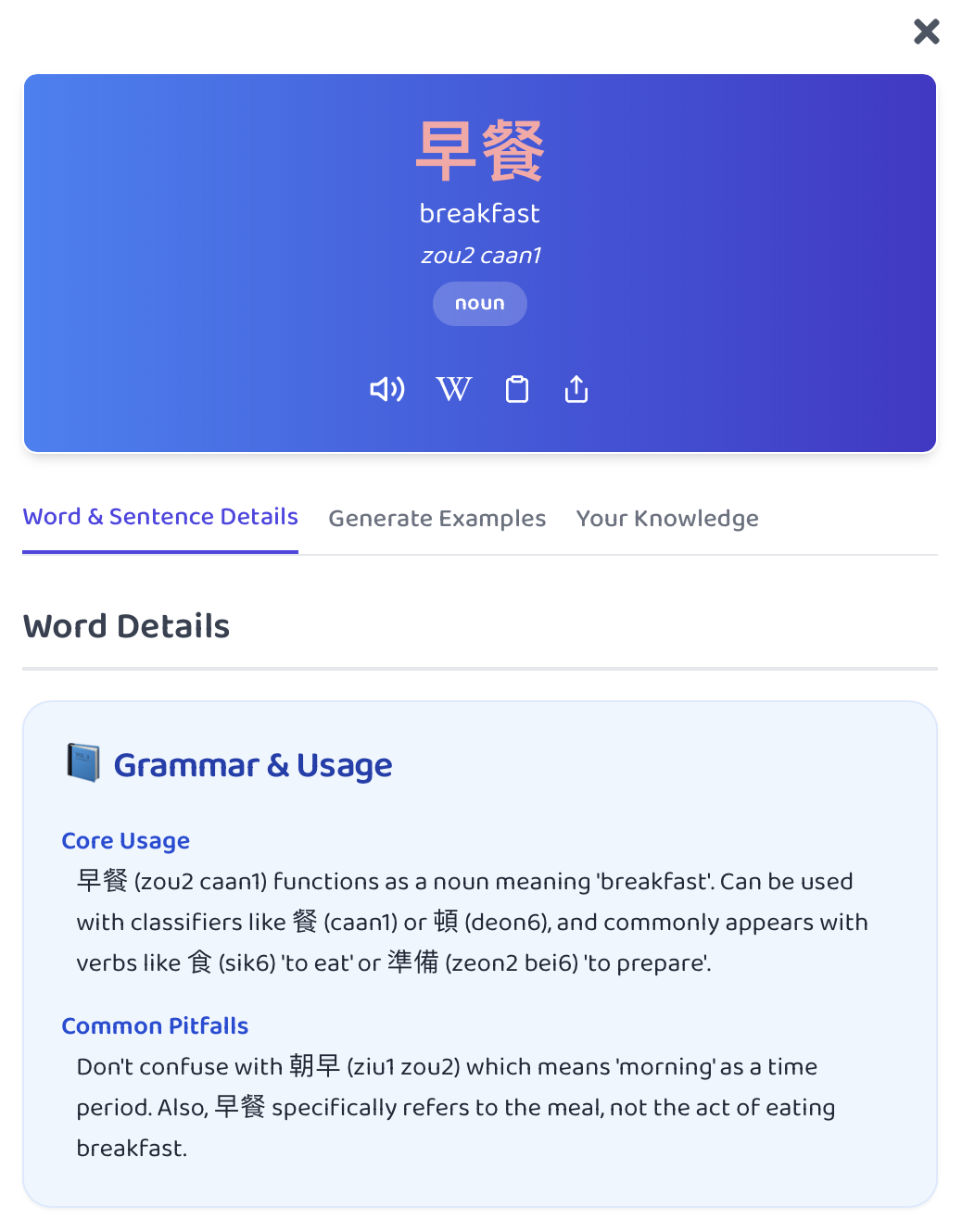No Translation Tools? How Linguapon Helps You Express Yourself Naturally
Posted on 9/16/2025
6 minute read
Welcome back, Linguaponearners!
You may have seen the news about Apple's AirPods Pro 3, which has this jaw-dropping real-time translation feature when worn. Don't get me wrong, the tech is incredible. But it does make you wonder: how useful is learning a language now if a $250 device can "do it all for us"? Years of practice and perfecting a foreign tongue versus a gadget, which is more worthwhile?

Credits: apple.com
I'm not going to answer that question here. I bring up the AirPods because they set the scene: big, looming tech that could disrupt translation tools, and maybe even language learning apps.
So, where does Linguapon fit in, both as a language utility in 2025 and in your learning routine? Is it just another translation tool, or is it something much more?
The Phrasebook Trap
Okay, hear me out. Here's a trap learners really don't want to fall into: relying on translation tools or phrasebooks to learn.
These are fantastic for preparing a small arsenal of phrases for a trip. For example, I could understand a simple question at a Japanese 7/11: "Do you want your food heated?" But that's a reactive situation. To be proactive, I'd have to memorize phrases in advance.
If I lived in Japan long-term, repeating the same phrases over and over might eventually feel robotic. Sure, it works, but it doesn't train you to express the same idea in multiple ways, or create sentences with natural flow.
Standalone translation tools can be worse. They sometimes give inaccuracies (though this is improving, in fairness) and often provide scripted input/output, which kills curiosity after a simple lookup. That's why I rarely treat them as a learning method, I use them more as a "validation tool" in the moment.
Both approaches give quick answers. But how often do they teach you to express yourself differently, more naturally? For instance, you might learn "I am cold", but can you then describe your morning walk, the weather, or your mood in dozens of ways?
What is Linguapon's Role?
Going Beyond the Phrasebook Trap
At the heart of Linguapon is Discover Vocabulary under the Explore section. On the surface, it's a simple suggestion and translation tool: phrases are suggested, translated, and shown to the learner.
Say I'm a new learner approaching a sentence like "I am cold because the aircon is on too high." I might know one or two words, or just "I am cold." Any translation tool can fill in the gap. Great, right?
The problem: I might remember the phrase temporarily, but when I need it most, I freeze and forget it.
Languages have nuances. You can't expect learners to remember every alternate expression immediately. But Linguapon gently nudges you toward exploring these nuances. If I want to study multiple ways of expressing the same idea, I can set a topic like this, and start exploring.


This is the point I look at these suggestions and pick one I feel less confident in my own ability in expressing. And hit Translate. At this point, I would want to save words I want to learn about. Note the words in WHITE are those that Linguapon remembers as a word I learned previously, so there is no need for me to save those again.

Even better, Linguapon offers additional suggestions that relate to or build on my choice. A few clicks, a few seconds, and I've found multiple ways to express the same idea. In real-life situations, I now have a mental model ready with all the vocabulary I could use.
The platform is flexible. Beginners benefit from basic translations, oversimplification acts as scaffolding. But Linguapon encourages learners to go further: generate new sentences, explore alternate phrasing, and reflect on usage patterns.
Empowering Serious Learners
Advanced learners can use Linguapon to go beyond what they already know, exploring subtleties and cultural nuances most apps overlook.
The Translation Bank acts as a personalized dictionary, storing all terms saved from Explore. Learners are encouraged to keep it organized and relevant. Each word can be explored further via the Insights menu, offering cultural context, usage guidance, pitfalls, and even Wiktionary links.

Combined with Explore, this creates a self-guided learning journey that surpasses the capabilities of standalone translation tools. Linguapon lets learners study whatever they want while gently nudging them beyond their current knowledge.
The colour coding of words as touched upon before provides that extra nudge. "Hey, you might know this topic quite well. But let me take you by surprise here, there is a red-coded word that you haven't learned with us before". The goal? A self-determined word count, guided by your own progress.

As an intermediate learner, I focus on topics and forms of expression that matter to me personally. I don't need someone to tell me exactly what phrases to learn. I want control over what I explore and how I grow.
Memorizing Translations is Just the Beginning
Memorizing translations is the beginner framework. Unlike other translation tools, Linguapon nudges learners to think in another language, express themselves creatively, and understand nuances more deeply.
We've reached the end of this blog. I hope it's clearer now what Linguapon offers in the busy language-learning landscape of 2025. I wrote this to shed light and dispel misconceptions that Linguapon is "just another AI translation app." Its methods are deliberate, designed to solve the real pain points I discussed in my first blog.
As a nod to the opening: tech like the AirPods Pro 3 may help communicate instantly, but I personally don't believe it can replace the beauty of learning a language, exploring its culture, and experiencing the world from someone else's perspective.
Thank you for reading all the way through, I really appreciate it!
Written by Elvin, Linguapon Admin